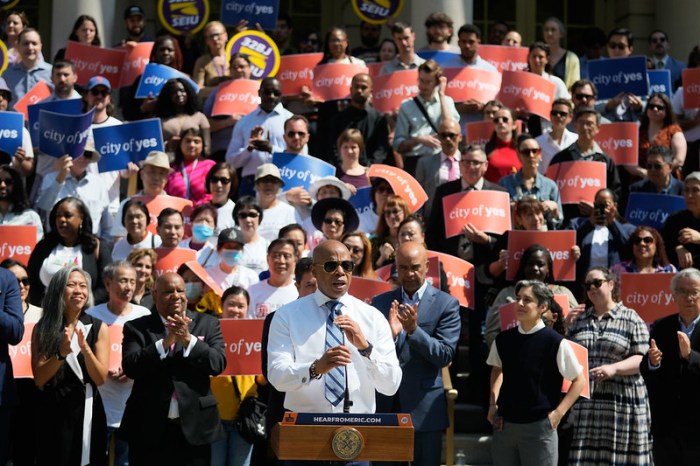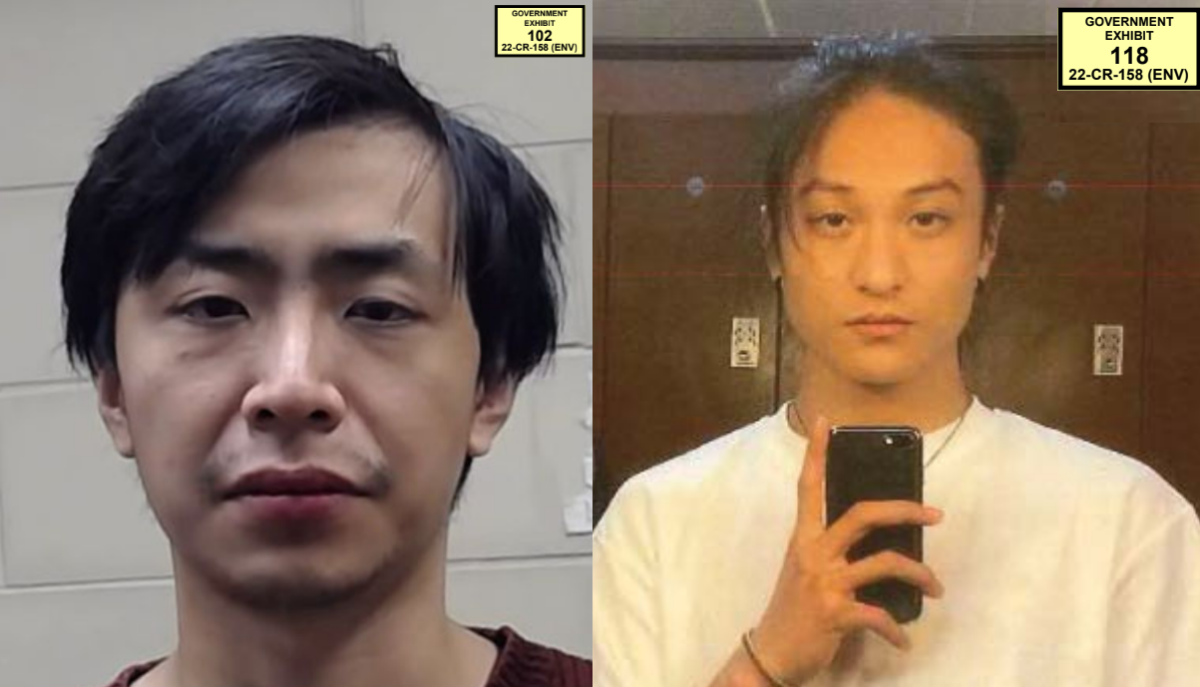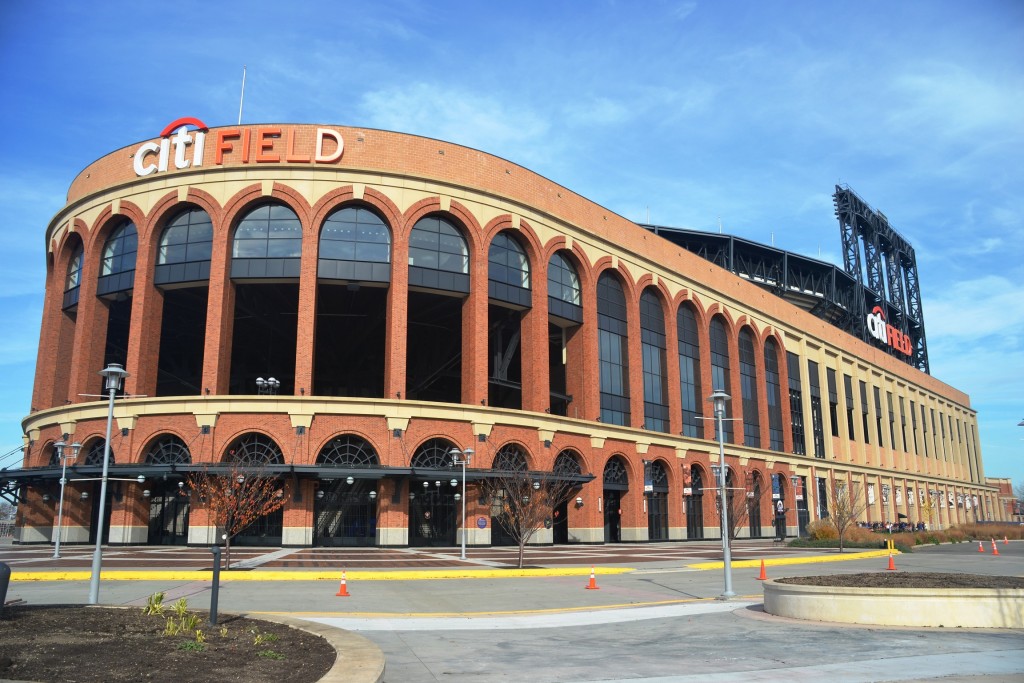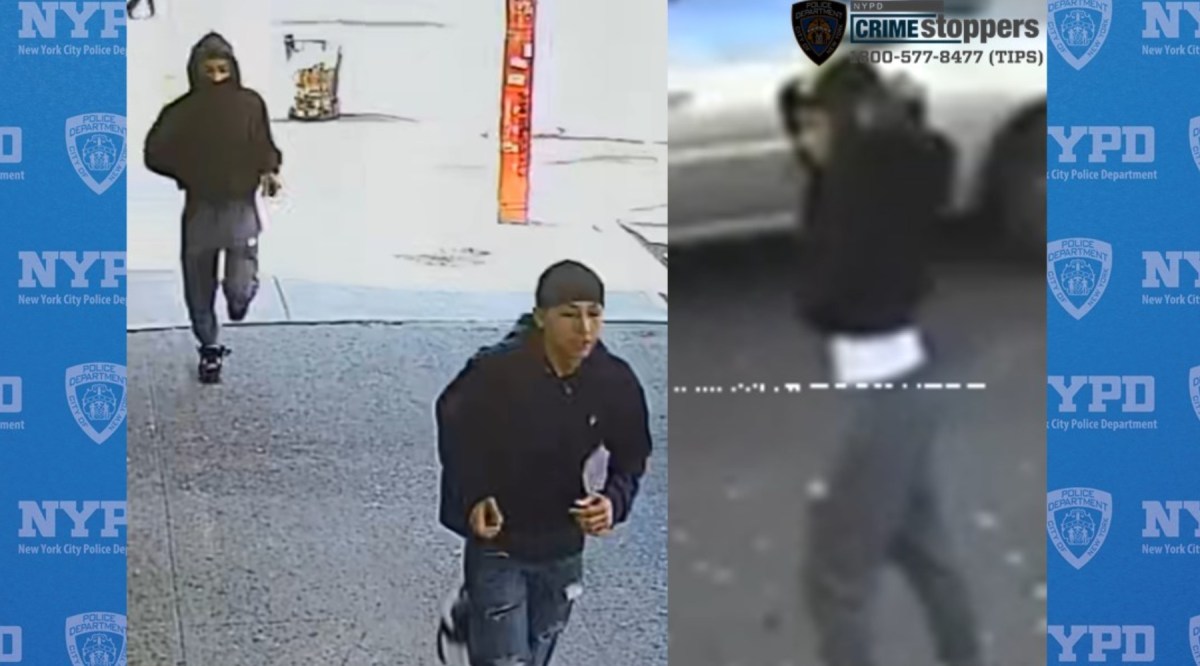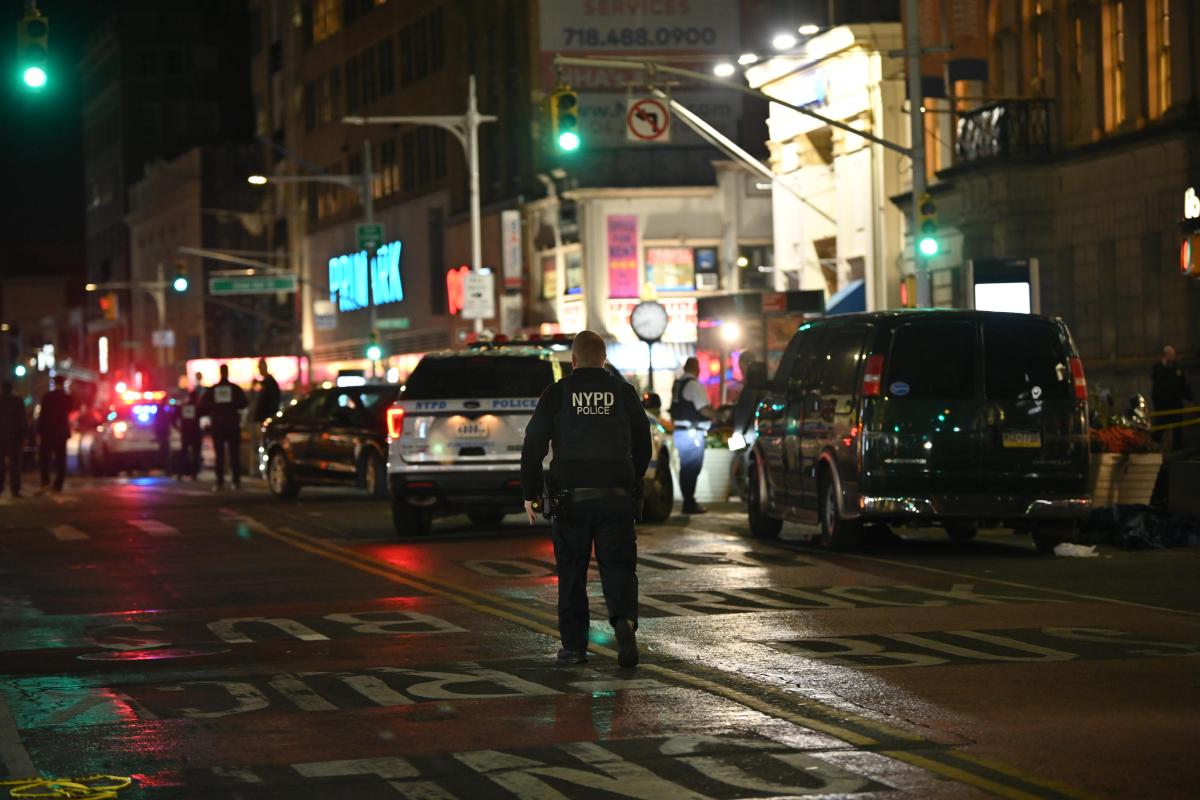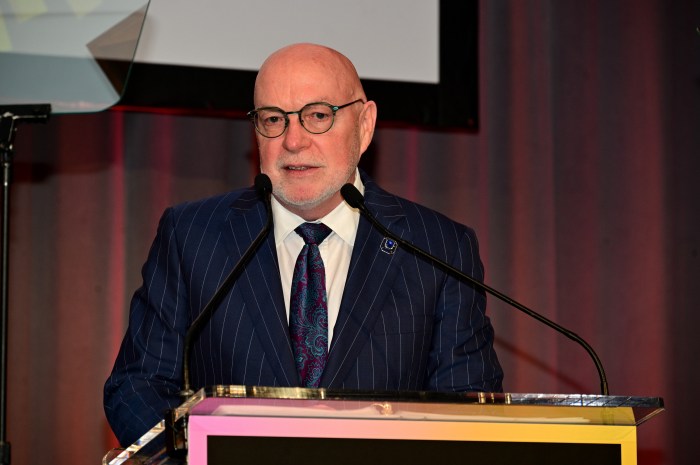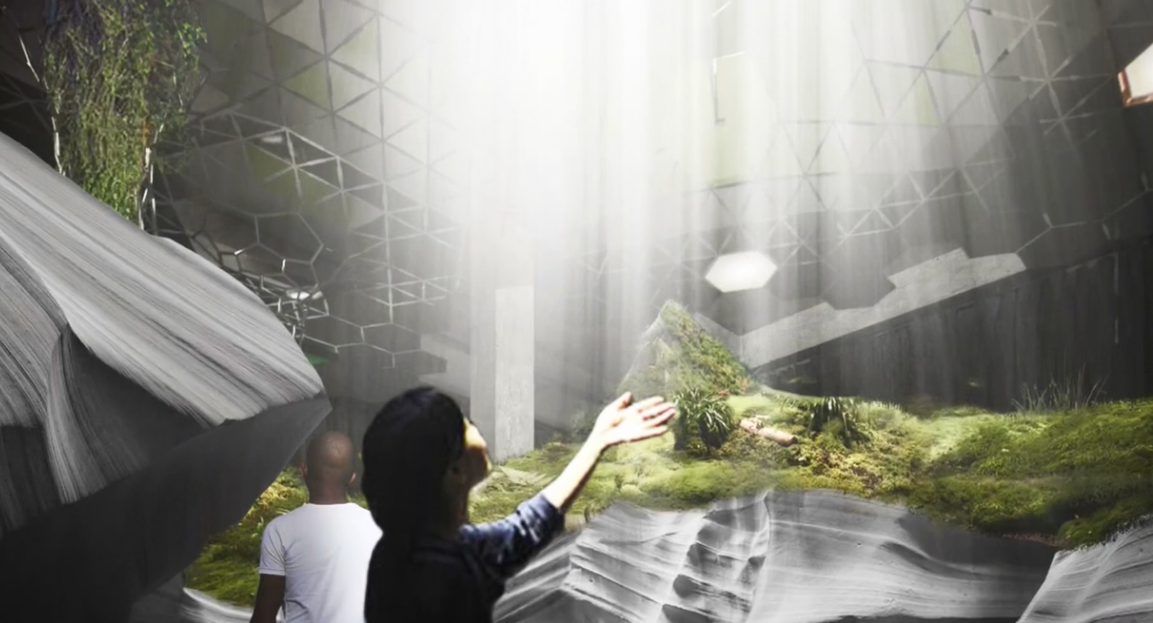
BY LEVAR ALONZO | The Lowline Lab — a drop-in space on Essex St. between Stanton and Rivington Sts. — attracted more than 100,000 visitors and was host to educational programming and community events.
Now the Lowline team is looking “down the tracks” to what’s next in order to achieve opening the “world’s first underground park” in 2021.
The lab space operated from October 2015 through February 2017 and showcased the solar technology that would power and illuminate the novel park.
The city’s Economic Development Corporation last summer gave its support for preliminary work to begin on the vacant Williamsburg Bridge Trolley Terminal, which runs underneath Delancey St. for two blocks between Clinton and Norfolk Sts.
The plan is to transform the underground space into a park with plants, grass and trees, with an educational angle, plus just free open space for everyone, according to Dan Barasch, the project’s co-founder.
The roughly 60,000-square-foot old terminal is currently owned by the city and leased to the Metropolitan Transportation Authority.
Barasch said it hasn’t been easy but they have been striving to meet benchmarks set by the city, and that the next phase is working on the space’s physical, design, programming and operations, as well as increasing community involvement.
“We know that the property is city-owned, so you need a partnership with the city,” he said. “We have been working hard to meet all their goals. We have learned that schematic design is hard, community engagement is hard and raising money is hard. But the next phase of our plan is design.”
The city’s approval came with “conditions,” requiring the Lowline team to meet planning and fiscal goals.
Barasch said the community has given basic guidelines for what people want to see done with the space, but that the Lowline team still wants more community input.
He is hoping to pinpoint local leaders with experience running a community-based program and other experts, plus young and old alike.
“We have questions, like is the space going to be open 24 hours a day, seven days a week? Do we close sometimes for private events or do we charge tourists and not locals?” Barasch asked. “We have so many questions that we want to ask. All we know is that we want to build this free public space.”
So far, they have reached out to the community through town halls, one-on-one sessions with experts and sought guidance from Community Board 3.
“These methods are proving good for us, but we aren’t reaching the other stakeholders in this project,” Barasch noted. “We are looking to target the young kids and seniors and the people that don’t regularly attend their community board meetings.
“Our goal is, by this time next year, that we will have completed our design and have something more buildable,” he explained.
One way the Lowline is successfully reaching out to the community is through its Young Ambassadors program. This initiative is a paid high school internship program for sophomores and juniors, which prepares them for careers in the fields of science, technology, engineering, arts and math a.k.a. STEAM.
“The goal is to develop young leadership in the community, but also to be exposing young people to career opportunities that they may have never considered,” said Blaze Jones-Yellin, the Lowline’s manager of community and youth.
E.D.C has extended its conditional agreement with the Lowline until April since they are meeting all the goals the agency has set.
An E.D.C. representative said that once the Lowline has reached all the milestones the parties have agreed on, it will then be considered for public funding.
The Land Use Committee of C.B. 3 recently was given an update on the Lowline’s progress and gave the project a continued thumbs up.




